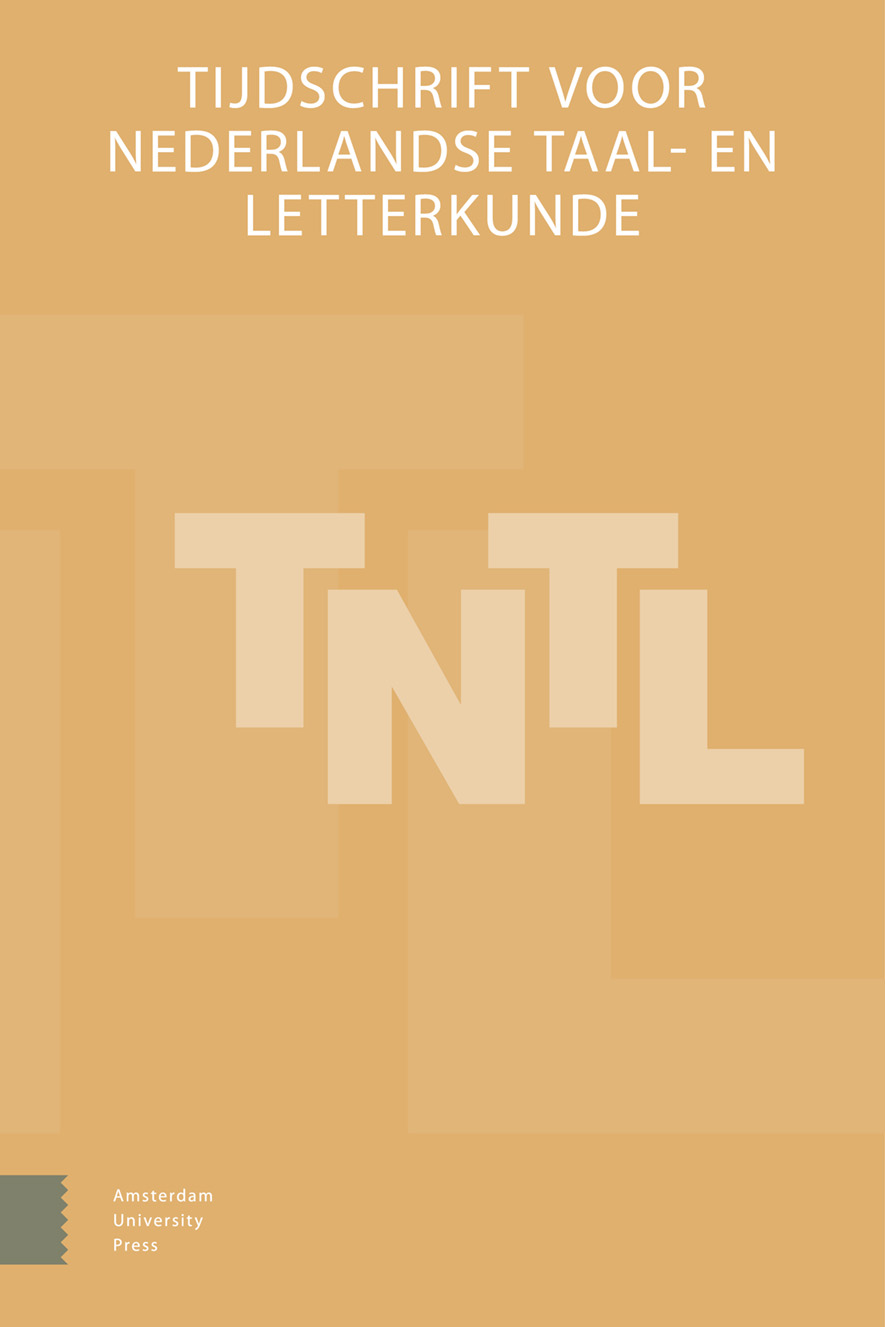-
OAMore species in the affixal forest
The case of Dutch and Afrikaans -el and -er
- Amsterdam University Press
- Source: Tijdschrift voor Nederlandse Taal- en Letterkunde, Volume 139, Issue 1, Apr 2023, p. 1 - 28
-
- 01 Apr 2023
- Previous Article
- Table of Contents
- Next Article
Abstract
This paper concerns the verbal suffixes -el and -er in Dutch and Afrikaans. These suffixes often bring about an iterative and/or attenuative interpretation (cf. Weidhaas & Schmid 2015; Audring et al. 2017; Grestenberger & Kallulli 2019). They furthermore display the same morphological behaviour and pragmatic features. This paper presents a detailed dictionary and annotation study on the morphological, semantic, and pragmatic properties of these two suffixes. Our analysis is stated in terms of the three-way division of suffix types proposed in Creemers et al. (2018). We show that the -el and -er suffixes are categorially flexible suffixes, which are the closest to the stem with respect to other suffixes. As Creemers et al.’s typology (2018) fails to identify verbal suffixes in Dutch that are in the position closest to the stem, this paper adds an important, but previously unnoticed species to one of their affix types.


